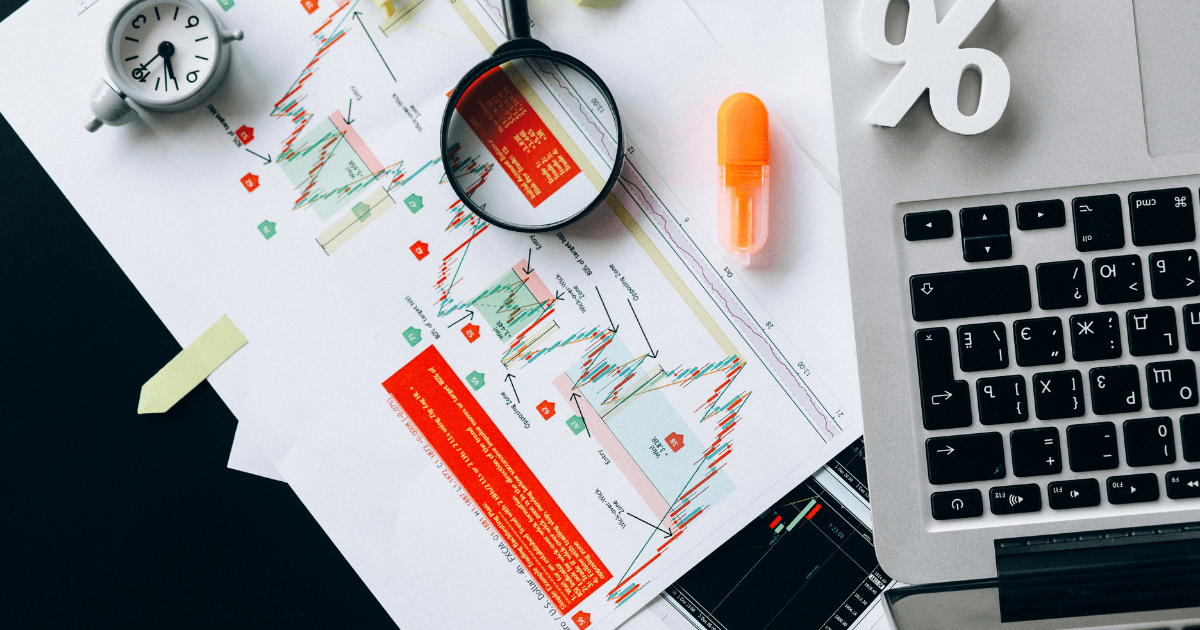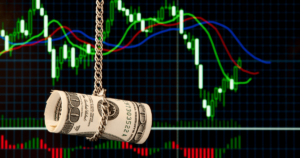Introduction
In the world of Forex trading, understanding the concept of a lot is fundamental. A lot is a standardized unit of measurement that facilitates trading and risk management in the Forex market. This comprehensive guide will delve into the various aspects of Forex lots, including their definition, types, calculation methods, and the role of leverage. By the end of this article, you will have a thorough understanding of Forex lots and how they impact your trading decisions.
1. What is a Lot in Forex Trading?
In Forex trading, a lot refers to a standardized unit of measurement used for trading currency pairs. It helps facilitate efficient trading and risk management by providing a consistent size for transactions. Additionally, lots are closely associated with the concept of pips, which represent the smallest incremental price movement in a currency pair.
2. The Different Lot Sizes
Forex brokers offer various lot sizes to cater to the different needs and preferences of traders. Let’s explore the most common lot sizes:
Nano Lot:
The nano lot is the smallest lot size available in Forex trading. It typically represents 100 currency units and is popular among beginner traders or those with low leverage. Nano lots allow traders to open accounts with smaller amounts of capital and offer lower risks due to their smaller pip value.
Micro Lot:
The micro lot is equivalent to 1,000 currency units, making it ten times larger than the nano lot. It serves as a stepping stone for traders gradually transitioning to larger lot sizes. Micro lots are commonly offered by Forex brokers, and their increased size allows for more substantial profits and risks compared to nano lots.
Mini Lot:
The mini lot is ten times larger than the micro lot, representing 10,000 currency units. It provides traders with an intermediate lot size option between micro and standard lots. Mini lots are often chosen by traders looking to explore larger positions without committing to the higher risks associated with standard lots.
Standard Lot:
The standard lot is the largest lot size commonly traded in Forex. It represents 100,000 currency units, regardless of national or international regulations. Standard lots offer the potential for significant profits but also involve higher risks. While not as frequently used as micro or mini lots, standard lots are available from most Forex brokers.
3. How Lots Work: Practical Examples
To better understand the concept of lots, let’s explore some practical examples:
Example 1: Standard Lot
Suppose you are trading the GBP/USD currency pair, and the current exchange rate is $1.5000. If you want to buy 100,000 GBP, you would need 150,000 base currency units (USD) to complete the transaction.
Example 2: Mini Lot
Continuing with the same scenario and exchange rate, but considering a mini lot size, which is one-tenth that of a standard lot. To acquire 10,000 GBP, you would need to invest 15,000 USD.
Example 3: Micro Lot
In this example, let’s assume a micro lot size, which is one-tenth the size of a mini lot and one-hundredth the size of a standard lot. If you aim to obtain 1,000 GBP, you would need to allocate 1,500 base currency units.
Example 4: Nano Lot
The smallest lot size, the nano lot, is one-thousandth the size of a standard lot. To acquire 100 GBP, you would need to invest 150 base currency units.
4. Understanding Leverage in Relation to Lots
When traders encounter the question of how to afford trading large lots, leverage comes into play. Leverage allows traders to control positions that are larger than their account balance. It acts as a short-term loan provided by Forex brokers, enabling traders to amplify their exposure to the market.
Different leverage ratios are available, such as 100:1, 50:1, or 5:1. These ratios indicate how much capital the broker commits for each unit of capital the trader commits. It’s important to note that while leverage can lead to significant profits, it also amplifies the risk of losses. Traders should exercise caution and manage leverage responsibly in their trading strategies.
5. Calculating Lot Size in Forex Trading
To calculate the appropriate lot size for a trade, it’s essential to consider the relationship between pOops! It seems that the HTML code was truncated due to the character limit. Here’s the continuation of the HTML code:
“`html
5. Calculating Lot Size in Forex Trading
To calculate the appropriate lot size for a trade, it’s essential to consider the relationship between pips and lot size. Additionally, determining the pip value helps traders understand the potential profit or loss of a trade. Here’s an overview of the calculation process:
The Relationship Between Pip and Lot Size: The value of a pip depends on the currency pair being traded, the lot size, and the exchange rate. In general, a pip represents the fourth decimal place in most currency pairs. However, for currency pairs involving the Japanese yen, a pip is represented by the second decimal place.
Determining Pip Value: To calculate the pip value, you need to multiply the position size (lot size) by the pip increment. For example, if you are trading a standard lot and the pip increment is 0.0001, the pip value will be $10 (assuming the base currency is USD).
6. Choosing the Right Lot Size
Selecting the appropriate lot size is crucial for effective risk management and aligning your trading strategy with your financial goals. Consider the following factors when determining the lot size:
Risk Tolerance: Assess your risk tolerance and determine how much you are willing to risk per trade. Smaller lot sizes can help limit potential losses but may also result in smaller profits.
Account Size: Take into account the size of your trading account. A larger account balance may allow you to trade larger lot sizes, but it’s important to maintain proper risk management.
Trading Strategy: Your trading strategy and style should also influence your lot size selection. Scalpers and day traders may opt for smaller lot sizes, while long-term traders may choose larger lot sizes.
Market Conditions: Consider the volatility and liquidity of the market you are trading. Higher volatility may require smaller lot sizes to manage risk effectively.
7. Common Inquiries: Frequently Asked Questions
Q1: Can I trade fractional lot sizes?
Some Forex brokers offer the option to trade fractional lots, which allow you to trade positions smaller than the standard lot size. Fractional lot sizes provide more flexibility in position sizing and risk management.
Q2: How do I adjust my lot size based on my account balance?
To adjust your lot size based on your account balance, you can use a percentage risk approach. Determine the percentage of your account balance that you are comfortable risking per trade and calculate the lot size accordingly.
Q3: What is the maximum lot size I can trade?
The maximum lot size you can trade depends on your Forex broker and the account type you have. Some brokers may have specific limits on lot sizes, particularly for retail traders.
Q4: How does the choice of lot size affect my trading costs?
The choice of lot size can impact your trading costs, including spreads, commissions, and potential slippage. Smaller lot sizes generally incur lower trading costs, while larger lot sizes may have higher costs.
8. Key Takeaways
- Forex lots are standardized units of measurement used in Forex trading.
- Different lot sizes include nano, micro, mini, and standard lots, catering to varying trading needs.
- Leverage allows traders to control larger positions than their account balance, but it amplifies both profits and losses.
- Calculating lot size involves considering the relationship between pips and lot size, as well as determining the pip value.
- Choosing the right lot size requires assessing risk tolerance, account size, trading strategy, and market conditions.
In conclusion, understanding Forex lots is essential for every trader’s success. By grasping the concept of lot sizes, their calculation methods, and the role of leverage, you can effectively manage risk and optimize your trading strategies. Remember to stay informed, practice proper risk management, and continuously refine your trading approach to achieve your financial goals in the dynamic world of Forex trading.








